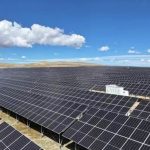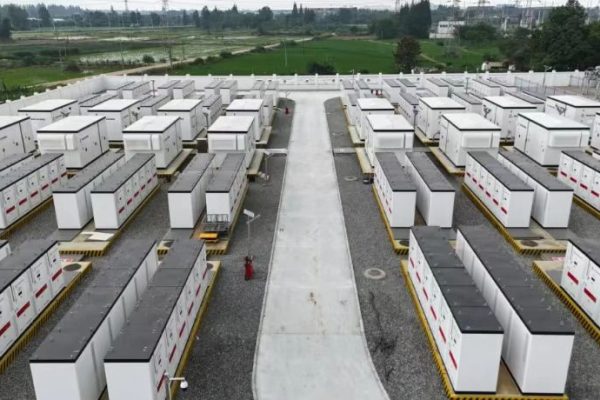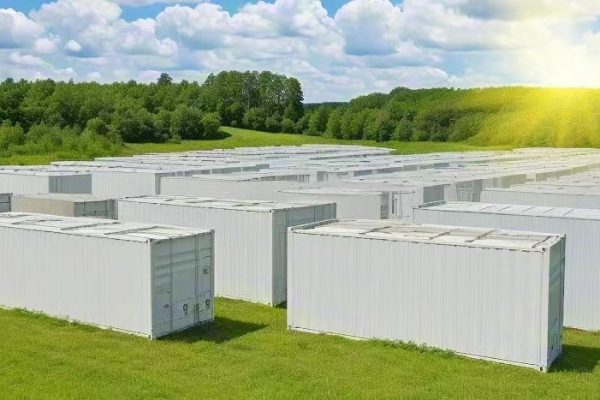Making PV + Storage Solutions Accessible, Scalable, and Easy to Adopt
1. Why Emerging Markets Need All-in-One Solutions
In many emerging markets, energy challenges are defined by:
- Unreliable grids with frequent blackouts.
- High upfront costs that discourage adoption.
- Limited technical expertise for system integration.
For distributors and installers targeting these regions, all-in-one PV + storage systems offer a powerful answer. They combine inverter, battery, charge controller, and EMS in a single unit, reducing complexity while ensuring faster deployment.
The key to success lies not only in the technology itself but also in how you position these systems to local buyers.
2. What Makes All-in-One Systems Attractive
Simplicity
- Fewer components = easier sales pitch.
- “Plug-and-play” setup appeals to areas with a shortage of trained engineers.
Cost Transparency
- One product, one price.
- Easier for SMEs and households to calculate ROI compared to separate systems.
Scalability
- Units can be deployed in modular steps, starting small and expanding later.
Serviceability
- Local technicians can handle troubleshooting faster with single-brand support.
3. Positioning Strategy #1 – Focus on Reliability First
In emerging markets, power reliability is often a more important selling point than efficiency.
- Position all-in-one systems as backup power + energy savings in one package.
- Highlight protection features (fire suppression, arc detection, overload protection) since grid fluctuations are common.
- Stress fewer failure points compared to multi-component systems.
Marketing Angle:
“Keep your business running even during grid failures — with one compact, reliable unit.”
4. Positioning Strategy #2 – Address Cost Sensitivity with Modular Growth
Buyers in developing economies are often price-sensitive. To address this:
- Emphasize that all-in-one units allow customers to start small and add more units later.
- Show the payback model: Even a single unit can reduce diesel generator fuel costs or cut peak tariffs.
- Provide financing options (monthly leasing, pay-as-you-go) where possible.
Marketing Angle:
“Start with one unit today. Expand as your energy needs grow.”
5. Positioning Strategy #3 – Stress Ease of Installation and Training
Many markets lack certified solar engineers. That makes simplicity of installation a major advantage.
- Offer systems with pre-configured settings and clear color-coded wiring.
- Provide remote support and monitoring apps for first-time users.
- Position your product as one that even non-specialists can install in hours.
Marketing Angle:
“No complex setup. No hidden costs. Just plug it in and power your business.”
6. Positioning Strategy #4 – Show Real-World Applications
To make the concept tangible, use case studies:
- Retail shops → Protect refrigeration and lighting during outages.
- Schools and clinics → Maintain critical power without relying on diesel.
- Small offices → Run computers and air-conditioning reliably.
When possible, highlight side-by-side cost savings:
- Diesel-only operation vs. solar + all-in-one hybrid.
- Traditional separated system vs. all-in-one system.
7. Positioning Strategy #5 – Build Confidence Through Local Partnerships
Trust is critical in emerging markets. Buyers often fear poor after-sales support.
How to address it:
- Partner with local distributors who can provide spare parts and first-level service.
- Offer basic product training for local technicians.
- Keep warranty claims simple — a single vendor is easier than dealing with multiple brands.
Marketing Angle:
“One system. One warranty. One local partner to support you.”
8. Key Features to Highlight in Your Sales Pitch
When marketing all-in-one systems, focus on:
- Integrated safety features → over-voltage, arc protection, fire safety.
- Compact design → suitable for small homes, shops, and remote facilities.
- Hybrid operation → ability to work with solar, grid, and even diesel generator input.
- Smart management → EMS that adapts to seasonal patterns and load changes.
- Expandable options → stackable or parallel units for growth.
9. Common Objections & How to Address Them
- “Is it more expensive than buying separate parts?”
→ Show total installed cost, including labor, cables, and setup time. In most cases, all-in-one systems save money overall. - “What if one part fails?”
→ Highlight streamlined service — one warranty, quick swap units. - “Can it handle my local voltage/frequency issues?”
→ Emphasize multi-grid compatibility (110/220V, 50/60Hz).
10. Framing All-in-One Systems as a Growth Path
In emerging markets, energy buyers are practical first, technical second. Positioning all-in-one systems successfully means:
- Sell reliability and peace of mind.
- Make the cost entry point clear and flexible.
- Highlight simplicity for installers and users.
- Back it up with visible local support.
Done right, all-in-one systems can become the preferred gateway solution in regions where energy demand is rising but technical capacity is still developing.









